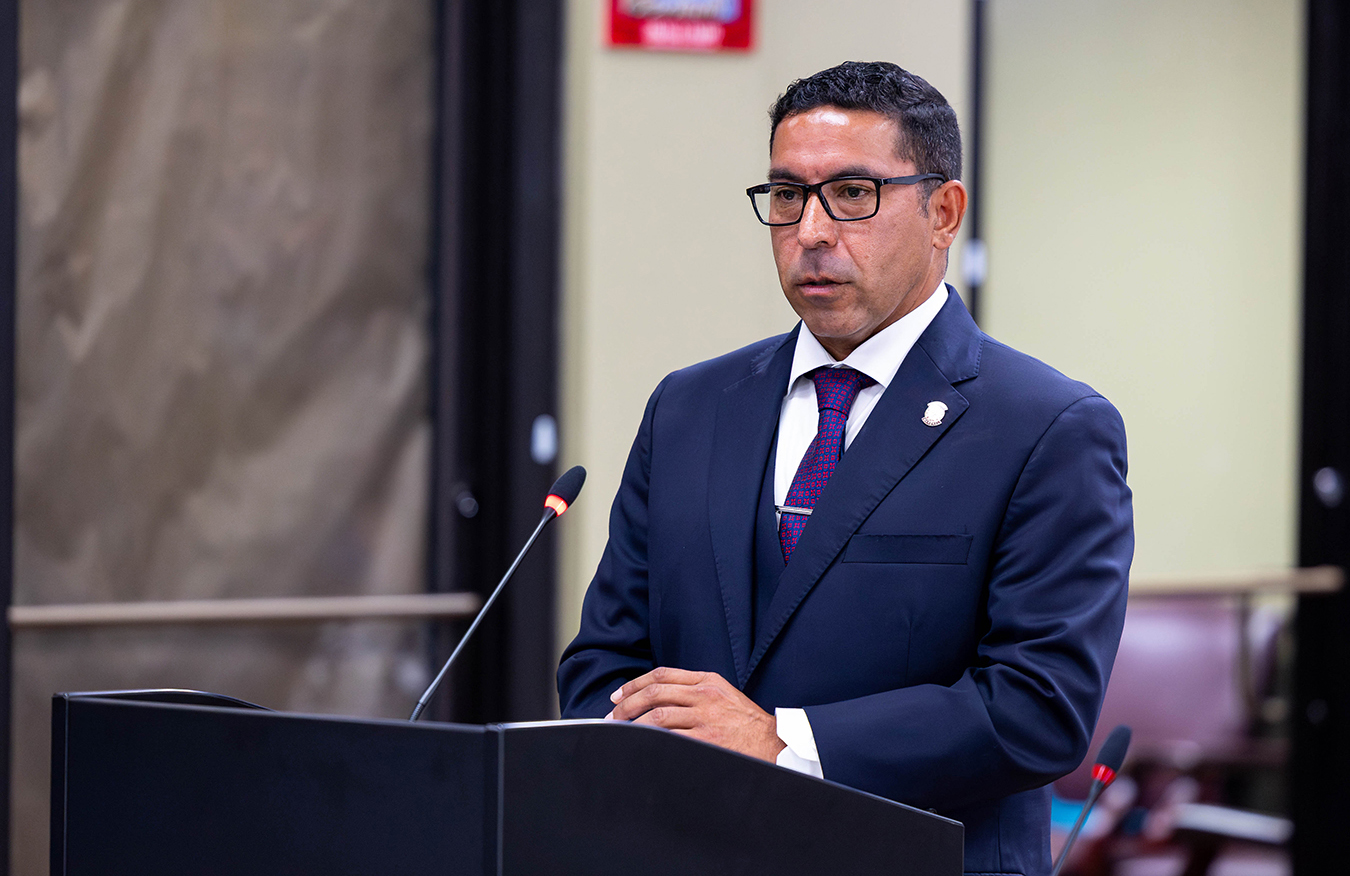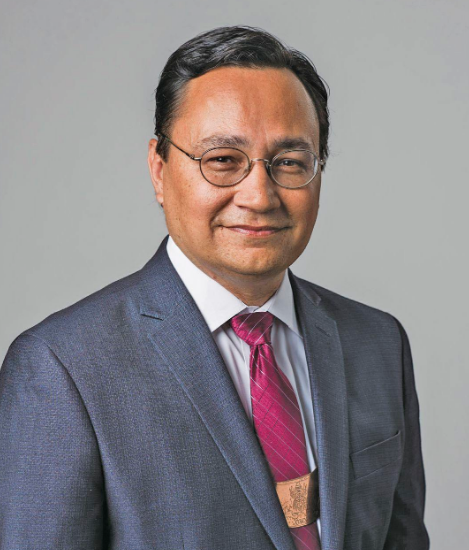
- Details
- By Chuck Hoskin Jr
Guest Opinion. For the first time in Cherokee Nation history, the tribe is looking ahead with a new plan for its policing and public safety with a Five-Year Strategic Plan for the Cherokee Nation Marshal Service. The framework signals our commitment to the safety and sovereignty of the Cherokee people, especially as we have expanded our criminal justice system since 2020 in the wake of the U.S. Supreme Court McGirt decision.
This plan, developed through teamwork within the Office of the Marshal led by Acting Marshal Daniel Mead, emphasizes accountability, modernization and justice rooted in cultural understanding. Although the plan spans five years, we will review it annually and, as with any good strategy, we must be willing to consider changes as conditions change.
The plan expands marshals for policing our communities and emergency responders significantly. We have a goal to increase the number of deputy marshals on patrol to 48 within three years while also enhancing EMS recruitment and training. It is a major step in strengthening the safety and sovereignty of Cherokee Nation’s 7,000-square-mile reservation.

Cherokee Nation’s marshals and first responders are agents of hope, and their continued professional development is central to this vision. Experienced and highly trained leaders will demonstrate modern, community policing to the growing workforce.
The initiative’s focus on retaining staff will boost stability and ensure officers reflect the values of the communities they serve. By emphasizing technical expertise and cultural awareness, we are structuring a law enforcement body that can function as both community protectors and ambassadors.
Modernization also remains a top priority. Over the coming five years, we must commit to infrastructure upgrades, including a new central station in Tahlequah. This station will be a one-stop hub for reporting, probation check-ins, juvenile justice and public services. Additionally, substations distributed across the reservation will further improve response times in rural areas and increase law enforcement visibility.
These strategic investments position Cherokee Nation at the forefront of innovation, meeting the needs of our citizens and communities.
The five-year plan’s embrace of community policing affirms that public safety must start at the local level. By forging deeper partnerships with schools, health providers and social agencies, we strengthen our collective resolve.
We can further build public trust through transparency, accountability and rapid response times. Together, with the Marshal Service, we can collectively address some of the baseline precursors that drive crime, including mental health, addiction and housing insecurity.
The economic ripple effects of this initiative will also be substantial. The investment in staff, infrastructure and operations will have a direct impact on the economy across the Cherokee Nation Reservation, creating jobs and putting dollars into Cherokee communities. The indirect impact of improving public safety and supporting holistic wellness will generate long-term investments in every sector. New employment opportunities and improved community wellness show how public safety and economic growth go hand in hand.
Safety, sovereignty and community health are not only compatible but are fundamentally intertwined. Growing, resilient communities recognize vulnerabilities as an opportunity to invest and grow stronger.
This five-year Cherokee Nation Marshal plan is more than a blueprint. It is a recognition of the need to uphold the values that will strengthen our nation for future generations.
The Office of the Marshal Five-Year Strategy is available on Cherokee Nation’s website, Cherokee.org, on the Marshal Service webpage.
Chuck Hoskin, Jr. is the principal chief of the Cherokee Nation.
More Stories Like This
Decisions About Us, Without Us: Education Dismantling Ignores Tribal NationsWhat the Seismic Shift in Indian Education Could Mean
Cherokee Nation Helps Make Rural Transit Possible
Humanity Is Our Greatest Common Denominator
Ken Burns Finally Puts Native People Back In the American Revolution Story — And It Matters
Help us tell the stories that could save Native languages and food traditions
At a critical moment for Indian Country, Native News Online is embarking on our most ambitious reporting project yet: "Cultivating Culture," a three-year investigation into two forces shaping Native community survival—food sovereignty and language revitalization.
The devastating impact of COVID-19 accelerated the loss of Native elders and with them, irreplaceable cultural knowledge. Yet across tribal communities, innovative leaders are fighting back, reclaiming traditional food systems and breathing new life into Native languages. These aren't just cultural preservation efforts—they're powerful pathways to community health, healing, and resilience.
Our dedicated reporting team will spend three years documenting these stories through on-the-ground reporting in 18 tribal communities, producing over 200 in-depth stories, 18 podcast episodes, and multimedia content that amplifies Indigenous voices. We'll show policymakers, funders, and allies how cultural restoration directly impacts physical and mental wellness while celebrating successful models of sovereignty and self-determination.
This isn't corporate media parachuting into Indian Country for a quick story. This is sustained, relationship-based journalism by Native reporters who understand these communities. It's "Warrior Journalism"—fearless reporting that serves the 5.5 million readers who depend on us for news that mainstream media often ignores.
We need your help right now. While we've secured partial funding, we're still $450,000 short of our three-year budget. Our immediate goal is $25,000 this month to keep this critical work moving forward—funding reporter salaries, travel to remote communities, photography, and the deep reporting these stories deserve.
Every dollar directly supports Indigenous journalists telling Indigenous stories. Whether it's $5 or $50, your contribution ensures these vital narratives of resilience, innovation, and hope don't disappear into silence.
 The stakes couldn't be higher. Native languages are being lost at an alarming rate. Food insecurity plagues many tribal communities. But solutions are emerging, and these stories need to be told.
The stakes couldn't be higher. Native languages are being lost at an alarming rate. Food insecurity plagues many tribal communities. But solutions are emerging, and these stories need to be told.
Support independent Native journalism. Fund the stories that matter.
Levi Rickert (Potawatomi), Editor & Publisher
